LRU might take into account the frequency we access the data, for example:
Data 1 1 2 2 3 4
Cache1 1(1) 1(2) 1(2) 1(2) 1(2) 1(2)
Cache2 2(1) 2(2) 2(2) 2(2)
Cache3 3(1) 4(1)
Here is in round brackets a counter which get increased each time there is a cache hit to a corresponding block. So, since we accessed block 1 and 2 two times at the beginning, block 3 get evicted from the cache, despite it was used more recently than block 1 and 2.
So "Accesses to blocks with varying access frequencies" basically might look like this:
Data 1 1 2 2 3 4 3 4
Cache1 1(1) 1(2) 1(2) 1(2) 1(2) 1(2) 1(2) 1(2)
Cache2 2(1) 2(2) 2(2) 2(2) 2(2) 2(2)
Cache3 3(1) 4(1) 3(1) 4(1)
So despite we use just 3 and 4, LRU still prefers to keep 1 and 2 as more frequently used.
Another example might be just like your previous examples: we should access blocks just once, so the counter never get increased, i.e.:
Data 1 2 3 4 1 2 3
Cache1 1(1) 1(1) 1(1) 4(1) 4(1) 4(1) 3(1)
Cache2 2(1) 2(1) 2(1) 1(1) 1(1) 1(1)
Cache3 3(1) 3(1) 3(1) 2(1) 2(1)
Hope that answers your question.

